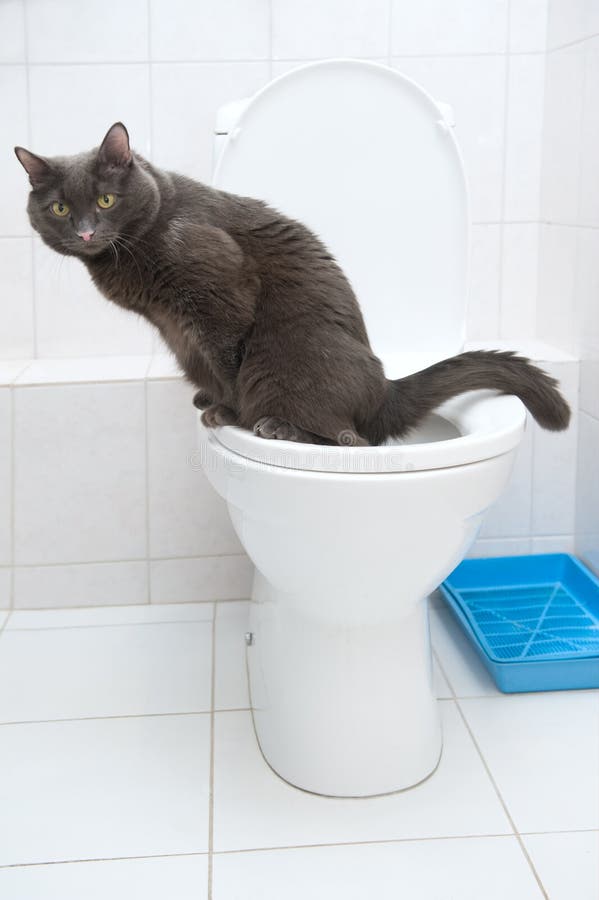Why You Should Never Flush Cat Poop Down Your Toilet - Important Information
Why You Should Never Flush Cat Poop Down Your Toilet - Important Information
Blog Article
Just how do you actually feel when it comes to Don’t flush cat feces down the toilet?

Introduction
As cat proprietors, it's vital to bear in mind exactly how we dispose of our feline close friends' waste. While it might seem practical to flush pet cat poop down the toilet, this method can have harmful consequences for both the environment and human health.
Alternatives to Flushing
Fortunately, there are safer and more liable means to take care of feline poop. Consider the adhering to options:
1. Scoop and Dispose in Trash
One of the most typical method of dealing with cat poop is to scoop it right into a biodegradable bag and throw it in the trash. Make certain to make use of a specialized clutter inside story and deal with the waste quickly.
2. Use Biodegradable Litter
Select eco-friendly pet cat clutter made from products such as corn or wheat. These trashes are environmentally friendly and can be safely thrown away in the trash.
3. Bury in the Yard
If you have a yard, consider hiding feline waste in a designated area far from veggie gardens and water sources. Make certain to dig deep sufficient to avoid contamination of groundwater.
4. Install a Pet Waste Disposal System
Invest in a family pet waste disposal system especially developed for pet cat waste. These systems utilize enzymes to break down the waste, reducing smell and environmental effect.
Wellness Risks
In addition to ecological problems, flushing pet cat waste can additionally position health and wellness dangers to human beings. Pet cat feces might consist of Toxoplasma gondii, a bloodsucker that can cause toxoplasmosis-- a possibly serious health problem, specifically for expectant ladies and people with weakened body immune systems.
Ecological Impact
Purging pet cat poop introduces unsafe pathogens and parasites into the supply of water, positioning a substantial threat to aquatic communities. These pollutants can negatively influence aquatic life and compromise water quality.
Verdict
Accountable animal possession prolongs beyond supplying food and shelter-- it additionally includes correct waste administration. By avoiding flushing pet cat poop down the toilet and going with alternative disposal approaches, we can minimize our environmental impact and protect human health and wellness.
Why Can’t I Flush Cat Poop?
It Spreads a Parasite
Cats are frequently infected with a parasite called toxoplasma gondii. The parasite causes an infection called toxoplasmosis. It is usually harmless to cats. The parasite only uses cat poop as a host for its eggs. Otherwise, the cat’s immune system usually keeps the infection at low enough levels to maintain its own health. But it does not stop the develop of eggs. These eggs are tiny and surprisingly tough. They may survive for a year before they begin to grow. But that’s the problem.
Our wastewater system is not designed to deal with toxoplasmosis eggs. Instead, most eggs will flush from your toilet into sewers and wastewater management plants. After the sewage is treated for many other harmful things in it, it is typically released into local rivers, lakes, or oceans. Here, the toxoplasmosis eggs can find new hosts, including starfish, crabs, otters, and many other wildlife. For many, this is a significant risk to their health. Toxoplasmosis can also end up infecting water sources that are important for agriculture, which means our deer, pigs, and sheep can get infected too.
Is There Risk to Humans?
There can be a risk to human life from flushing cat poop down the toilet. If you do so, the parasites from your cat’s poop can end up in shellfish, game animals, or livestock. If this meat is then served raw or undercooked, the people who eat it can get sick.
In fact, according to the CDC, 40 million people in the United States are infected with toxoplasma gondii. They get it from exposure to infected seafood, or from some kind of cat poop contamination, like drinking from a stream that is contaminated or touching anything that has come into contact with cat poop. That includes just cleaning a cat litter box.
Most people who get infected with these parasites will not develop any symptoms. However, for pregnant women or for those with compromised immune systems, the parasite can cause severe health problems.
How to Handle Cat Poop
The best way to handle cat poop is actually to clean the box more often. The eggs that the parasite sheds will not become active until one to five days after the cat poops. That means that if you clean daily, you’re much less likely to come into direct contact with infectious eggs.
That said, always dispose of cat poop in the garbage and not down the toilet. Wash your hands before and after you clean the litter box, and bring the bag of poop right outside to your garbage bins.
https://trenchlesssolutionsusa.com/why-cant-i-flush-cat-poop/

I recently found that piece about Can You Flush Cat Poop Down The Toilet? when scouting around the internet. So long as you appreciated our blog entry if you please be sure to pass it around. We value reading our article about Can You Flush Cat Poo or Litter Down the Toilet?.
Book Now Report this page